Reviewed by Meg Flores
Microsoft Teams has been making waves in the collaboration space, and if you've been waiting for one particular feature to finally land, November 2025 might just be your month. After years of user requests, Microsoft is preparing to roll out separate window support for channels— a long-requested multitasking feature — in a worldwide release scheduled for late October through November 2025
This is not just another incremental update. It signals a fundamental shift in how Teams handles multitasking and workflow efficiency. The feature, officially tracked as ID 509110 in Microsoft's roadmap, aims to lift the single-window constraint that has defined channel-based collaboration since Teams launched.
Having spent countless hours bouncing between channels during busy project cycles, I can vouch for the frustration. You lose your place, miss urgent updates, and snap your focus just to check if something happened elsewhere. Sound familiar?
Why this multitasking upgrade actually matters
Here is the current reality. Teams already lets you pop out chats, meetings, and calls into separate windows, but channels have stayed glued to the main interface. That mismatch left a hole in real multitasking. You could chat in a separate window, yet still had to pogo-stick through the main app to track channel conversations.
The new functionality lets you pull channels into standalone windows, cutting the constant back and forth between sections of the app. Picture this: you are deep in a project thread, you are monitoring your team's general channel, and you are keeping an eye on urgent announcements. Instead of tab gymnastics and lost trains of thought, you keep each stream visible side by side.
Work patterns back this up. Microsoft Research — including a large-scale analysis of multitasking behavior during remote meetings and the Work Trend Index — finds substantial in-meeting multitasking (for example, many meetings include people sending email or editing files). The ability to stay focused while tracking multiple threads tackles a daily productivity pain. It is not just about reading along, it enables real-time cross-project coordination without the mental tax of constant window switching.
What the research tells us about multitasking
Remote settings nudge people toward multitasking, and meeting design matters. Per Microsoft Research, larger meetings, longer sessions, and certain scheduling patterns correlate with more parallel activity. Recurring meetings see more multitasking than ad hoc ones, and mornings edge out afternoons for multitasking frequency. That tracks with how most workdays actually unfold.
Multitasking is not automatically bad. It can drain attention and energy, yet it also supports note-taking, quick research, and task coordination when the tooling helps rather than hinders, according to Microsoft Research. That idea shaped the channel windowing design. People were already trying to monitor multiple streams, so Teams leaned into the behavior with a cleaner, integrated approach that trims cognitive load.
Teams users have long juggled threads by opening separate browser tabs or using a second device to watch different channels. This update essentially legitimizes those workarounds and makes them less clunky.
How this fits into Teams' broader evolution
This upgrade arrives alongside a steady run of usability improvements in 2025. Threaded conversations in channels make discussions easier to follow, and improved calendar integration brings more Outlook capability inside Teams itself . The platform also supports resizable interface panels, which lets you shape the workspace to your screen and habits, whether that is an ultrawide monitor or a vertical document view.
Channel windowing complements those changes. You can thread conversations properly, resize panels for comfort, and pop out channels into separate windows. The result is a workspace that adapts to you, not the other way around.
Microsoft's responsiveness shows up here too, a direct nod to long-standing user feedback. Many enterprise vendors chase shiny features while skipping everyday quality-of-life fixes. Teams has been doing both.
The numbers support the continued investment. Microsoft 365 commercial seats grew 6% year over year, and the Copilot family surpassed 100 million monthly active users. Those are not vanity stats, they represent millions of people whose work relies on Teams running smoothly.
What this means for your daily workflow
Think about a typical day. You monitor several team channels, jump into project discussions, keep an eye on company announcements, and follow a community or two. Right now, that means constant context switching and slower decisions.
With channel windowing, you can watch multiple channels at once without losing your place, stay informed while focusing on primary tasks, and keep continuity across projects. It is not about piling up windows, it is about easing the mental load of juggling information.
Consider a project manager coordinating across a core team, a leadership channel, and a departmental channel for resource conflicts. Instead of clicking back and forth and dropping threads, they keep all three in view and respond to urgent items without missing steady updates elsewhere.
PRO TIP: Start planning your window arrangement now. Decide which channels deserve constant monitoring versus periodic checks, then map them to your screen real estate for quick scanning and fast replies.
This also boosts distributed teams. Remote colleagues get better situational awareness, hybrid workers can keep multiple streams open during flexible schedules, and global teams can monitor key channels across time zones without active participation every minute.
The November rollout is more than a nice-to-have. It recognizes that modern work needs flexible, adaptive tools that support, not constrain, productivity. As hybrid work evolves, features like this become essential for keeping collaboration effective across distributed teams.
For users who have been frustrated by windowing limits, November cannot come fast enough. For everyone else, this may be the kind of feature you do not know you need until you try it, then you wonder how you ever worked without it.




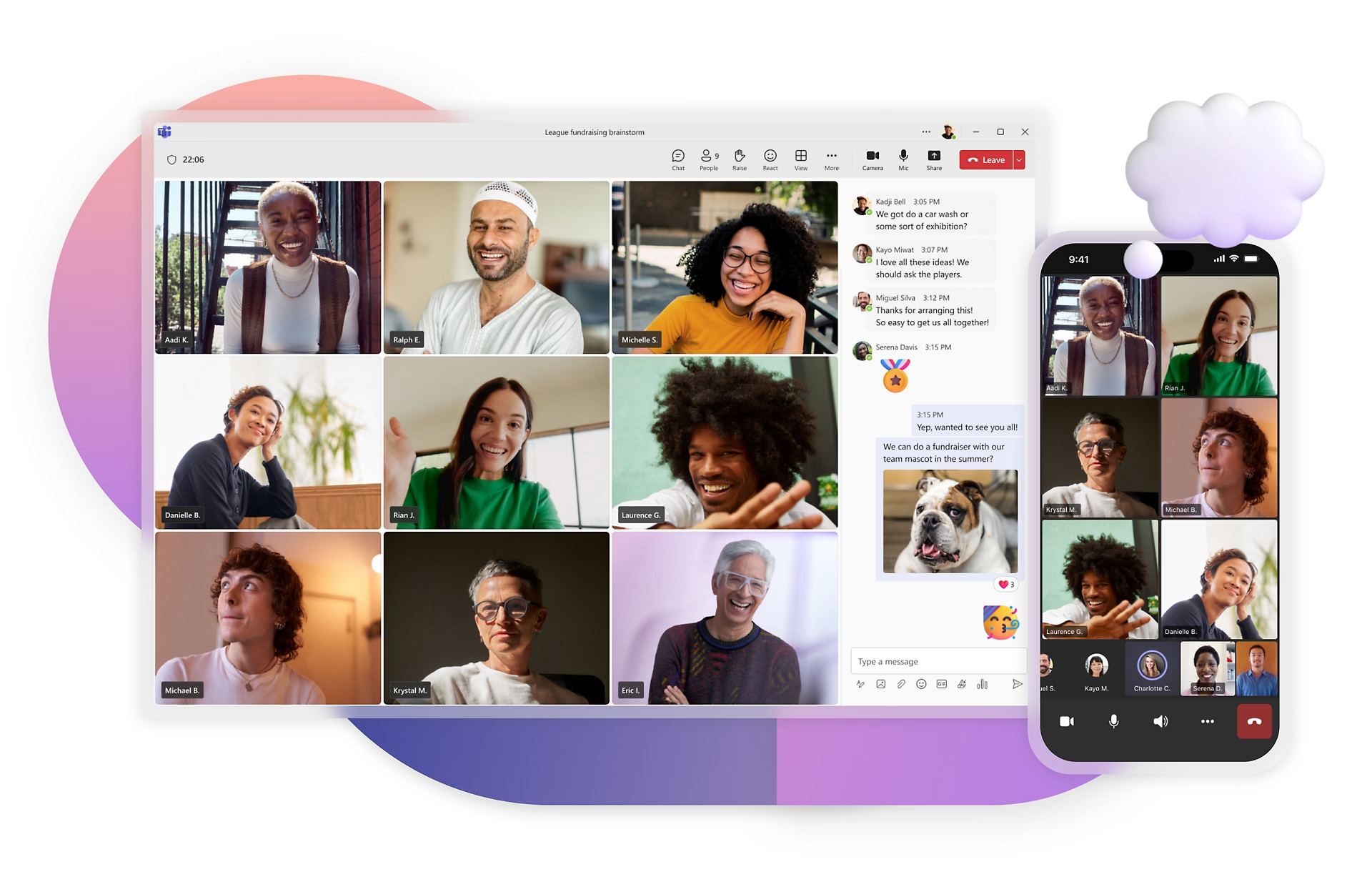


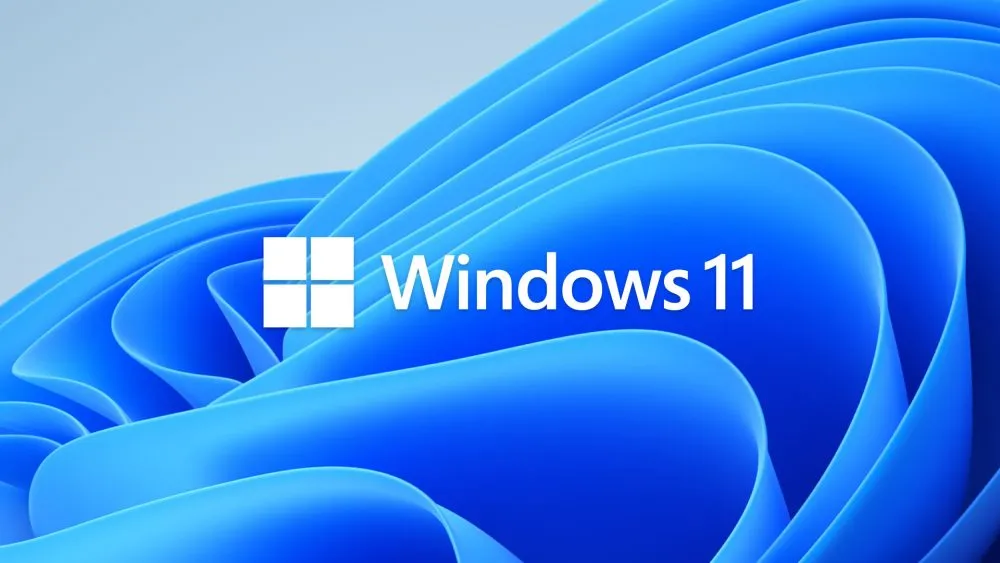
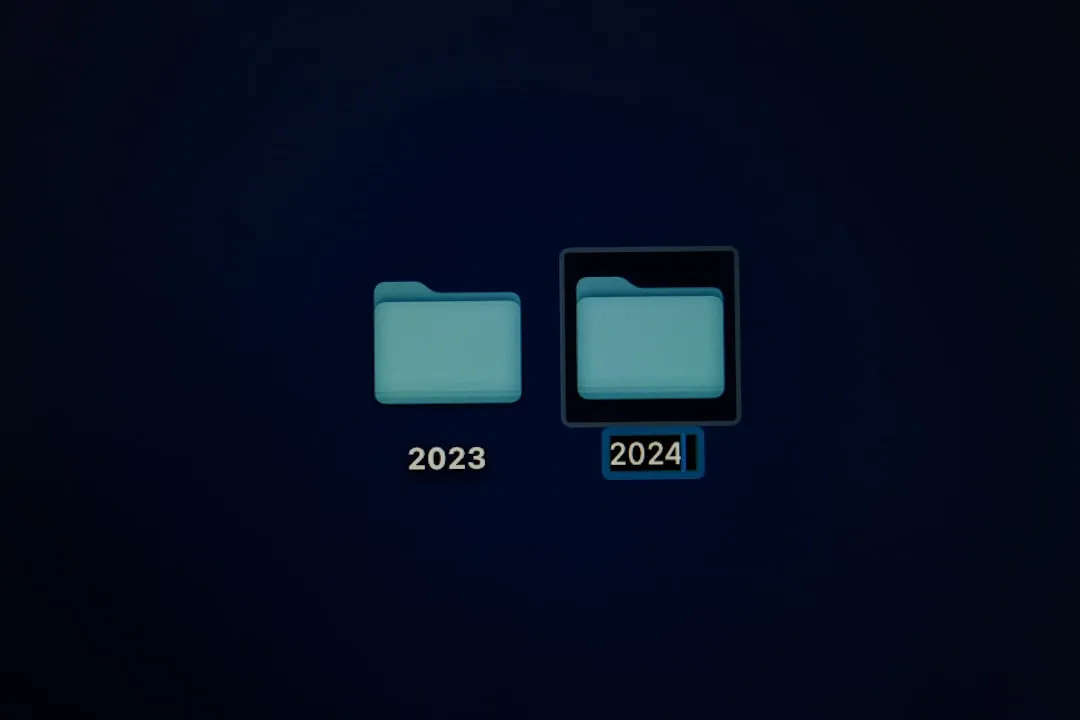



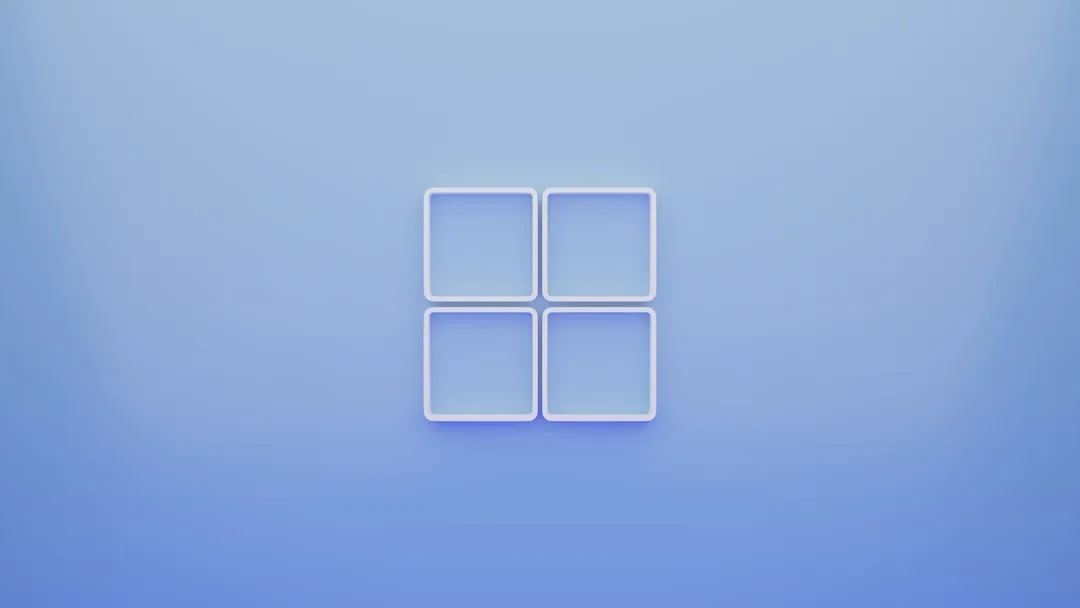
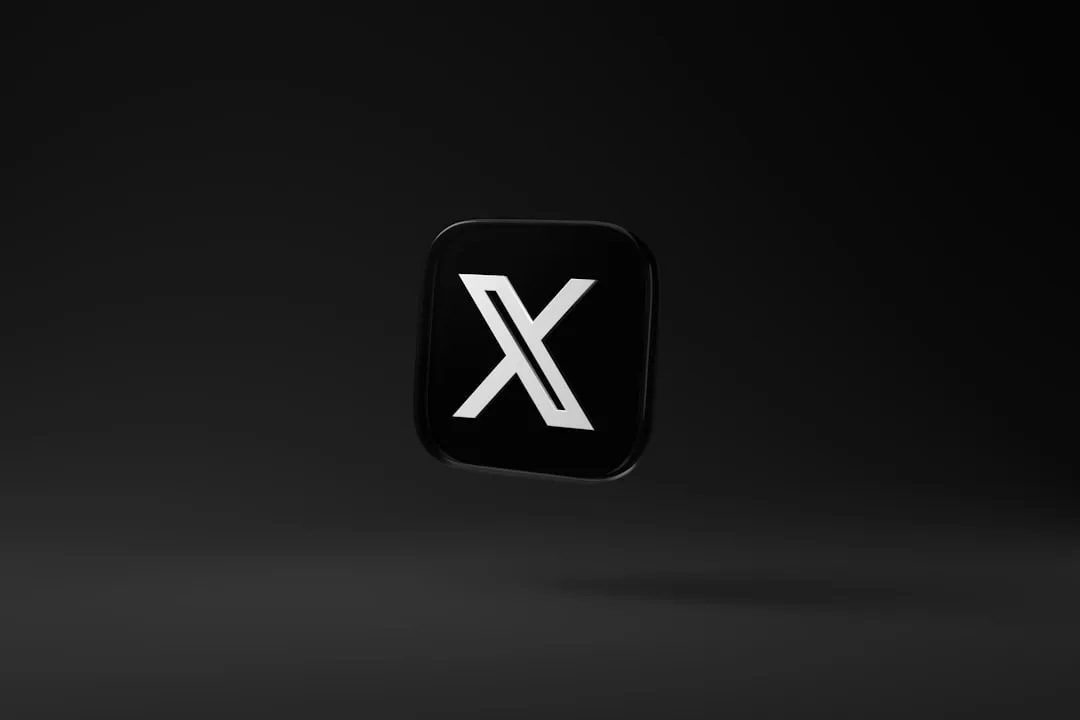

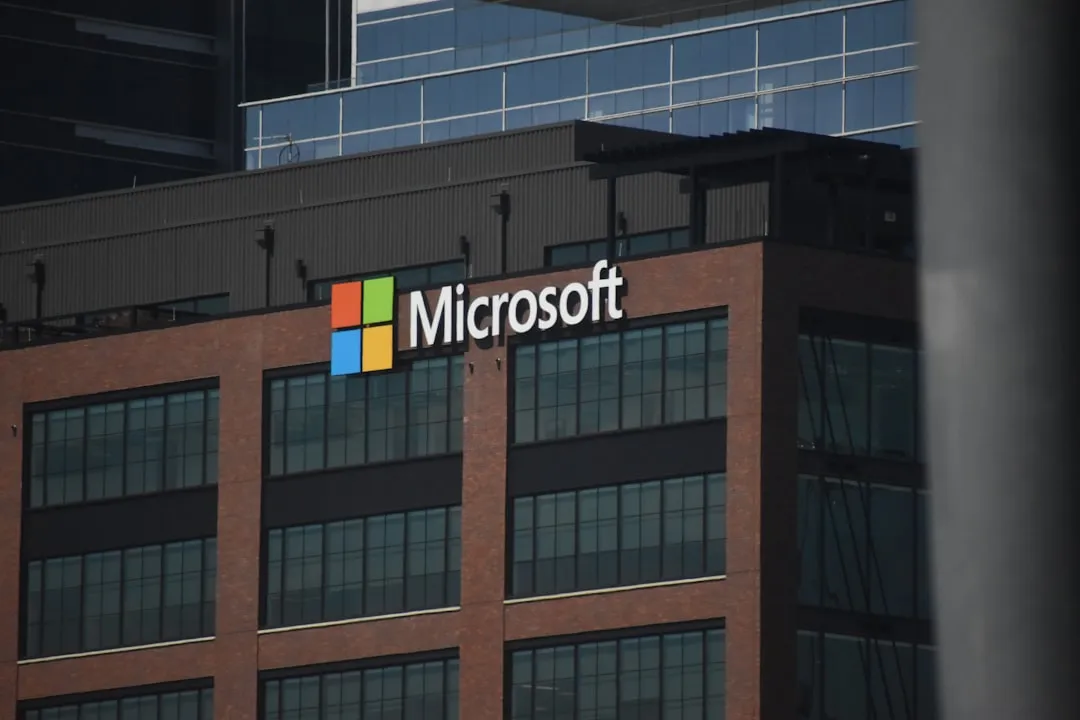


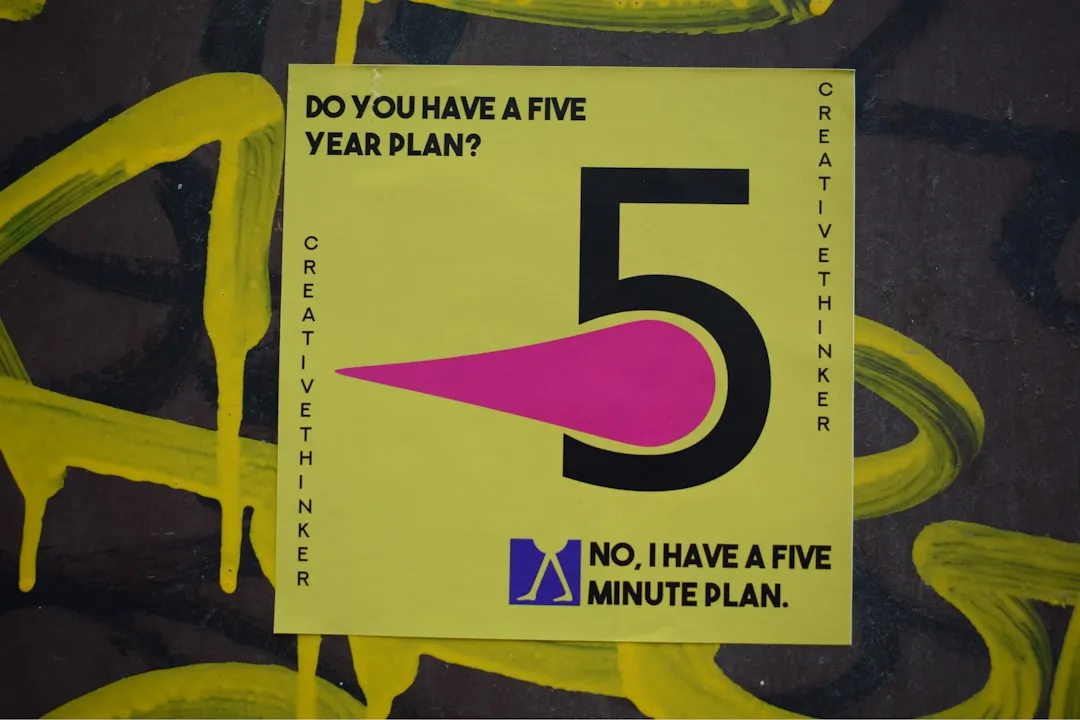

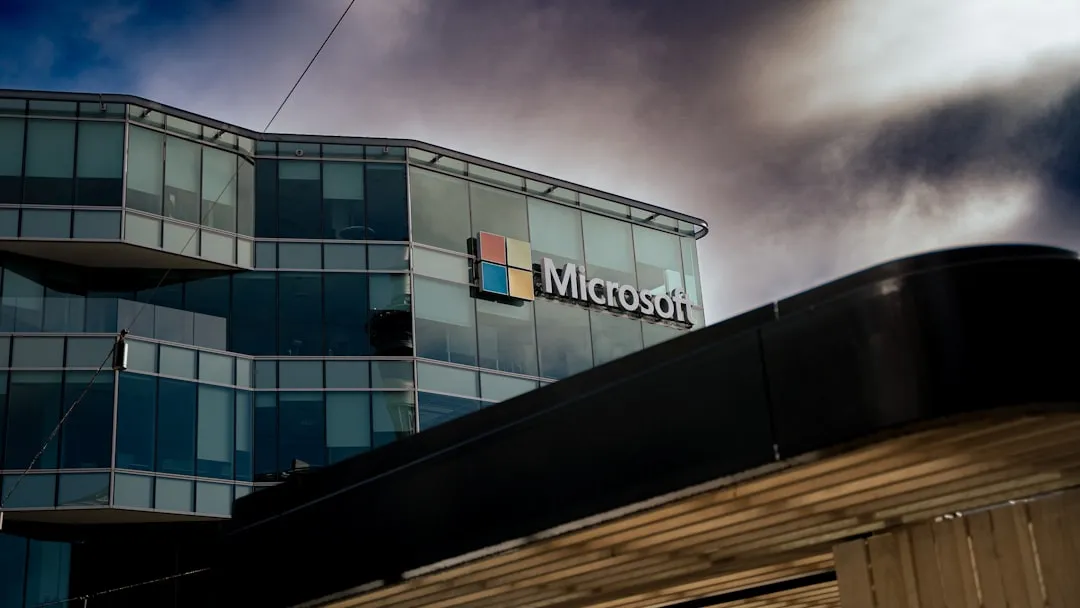


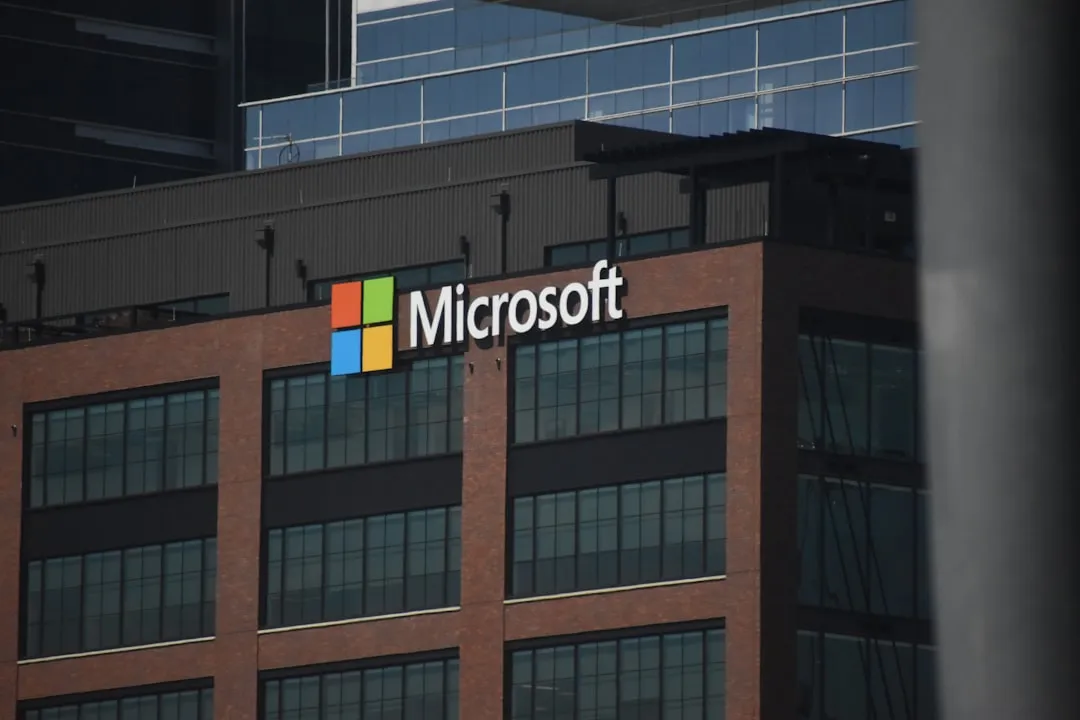
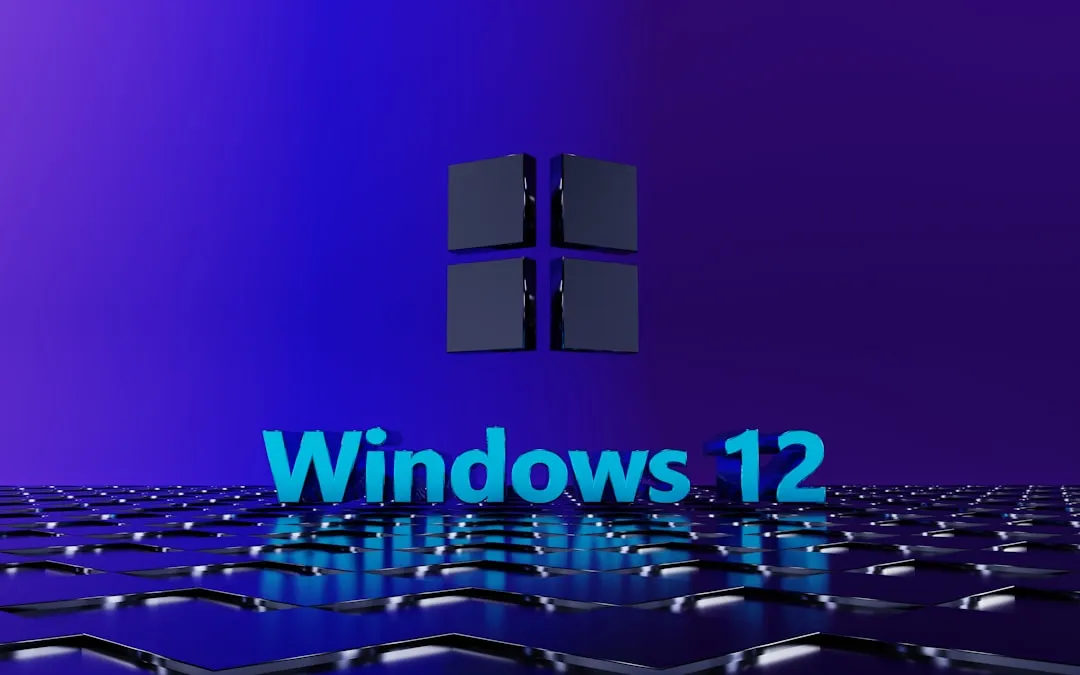
Comments
Be the first, drop a comment!